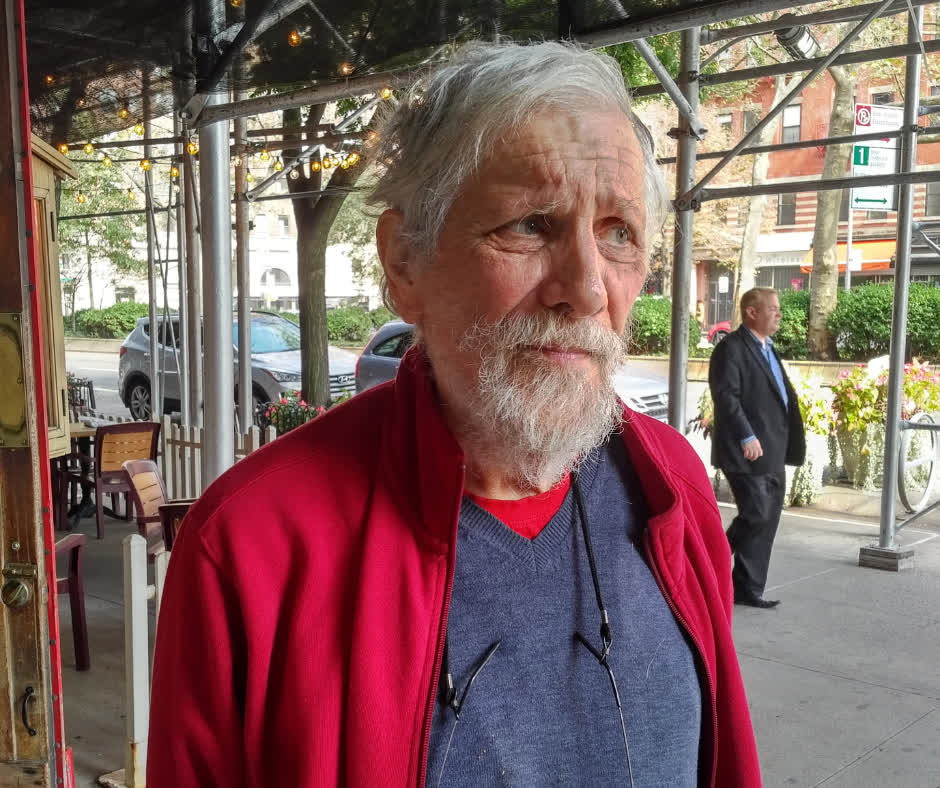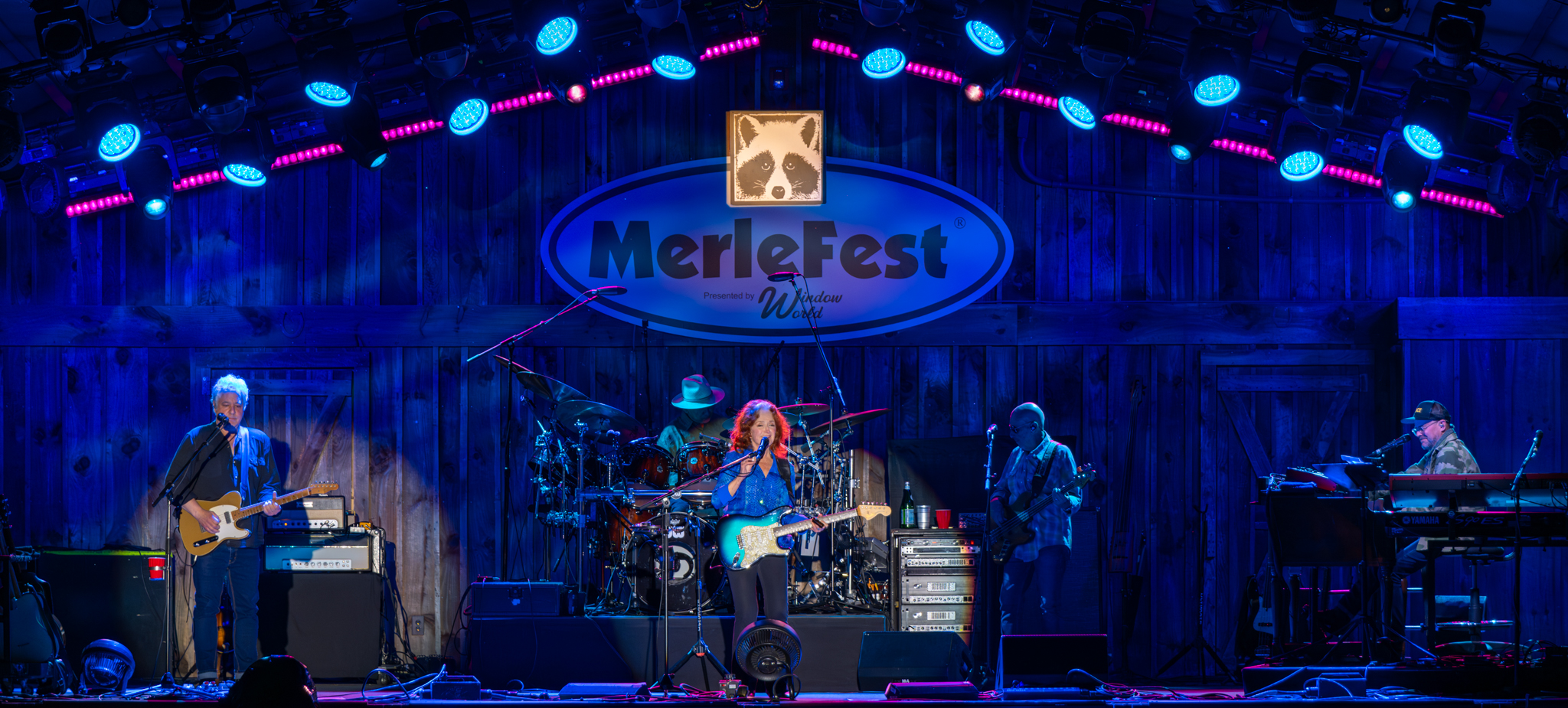ATLANTA — The circular Stealth LED video curtain, a key visual element for Britney Spears’ Circus world tour, is raised and lowered several times for every show with an XLNT Advanced Technologies CyberHoist motion control system. The three-ring, non-stop show includes a variety of aerial action, with acrobatics, nine automated lifts, and a central 5.18 meter (17 foot) diameter rotating device, with over 100 lift cues for each night’s performance.
Co-lighting designers Nick Whitehouse and Bryan Leitch came up with the concept for the visuals, with input from tour director Steve Dixon and show director Jamie King. Whitehouse and Dixon, together with Bryan Leitch and William Baker, also make up the recently-formed Road Rage production company.
Literally topping the visuals is the carousel-style Stealth screen, four meters high and 18.9 meters in diameter and made up from 990 panels. It’s suspended from 11 CyberHoist CH1000 1 ton intelligent variable speed motors and controlled at stage-side by programmer Arjen Hofma using XLNT’s InMotion3D software running on a CyberHoist FPS Full Production System with dual Apple MacPros.
At times, the screen descends 11.58 meters (38 feet) in 63 seconds to shroud the stage completely, with a dark red circular scrim above completing the masking-off of the central lighting rig.
The screen was designed to fit around Madison Square Garden’s center-hung scoreboard, the largest encountered on the tour, according to Whitehouse. It’s part of a modular, pre-rigged production that can go from load-in to show time in just 15 hours if necessary — and be out in four.
The Stealth displays imagery that includes the logo of the Big Apple Circus, whose performers work the routines with Britney herself. Other images range from newspaper headlines about the star’s career to graphics that tie in with the various songs.
The lighting rig is from Solotech of Canada, and PRG supplied the Virtuoso v676 lighting consoles, winches and Bad Boy luminaires.
“The complete screen weighs about four tons including the rigging, the custom frame that Tait Towers built for us, and the power supplies which we had integrated into the frame,” said Whitehouse. “That’s picked up on the 11 CyberHoists, and the shows starts with it dropped in over the main stage, followed by a big reveal.
{mospagebreak}
“It’s critical that it moves; if that ever broke it would be a showstopper,” Whitehouse added. “So CyberHoist was the obvious choice; I’ve used them a lot before. We had to have a really reliable product up there with a reliable control system that also gives the operator plenty of feedback, so if we know we’ve got a problem we can deal with it before it affects the show.
“It’s vital to the show that the screen moves at the right speed at the right time and we’re very happy to have CyberHoist doing that. And now that there’s are CyberHoist systems based in America and Asia, as well as Europe, it’s great because we can just pick up motors locally wherever we go and take the USB key and the show’s there.”
Steve Dixon added: “We’ve got a reliable system that we don’t need to spend a fortune on having back-ups of back-ups: a failsafe system, because stopping a show due to a motor failure would be a nightmare. Likewise, the software’s tried and tested now, and it’s the only moving motor software that gives you so much feedback. As soon as we talked about the screen we knew it had to be on CyberHoist.”
Flashlight Netherlands’ Arjen Hofma explained the critical element is levelling the entire screen perfectly after load-in and assembly, before raising it into position under the mother grid.
“Unlike regular systems the CyberHoist motors talk to each other,” he said, “so once they’re levelled at the start they stay that way.” He added: “It’s a great tour to work on — video, sound and lighting guys, everyone is helping each other with their stuff; they’re very good colleagues to work with. A few of the guys help me with the screen levelling, double checking physical height against the computer display, and it’s done in a couple of minutes.”
Tour production manager Jason Danter commented: “The CyberHoist system just seems to be a lot more exact than other chain systems; it’s a lot smoother looking and when you’re moving screens, certainly on this show where there’s a lot of Broadway-style automation with winches, the slickness of the screen movement just adds to the whole production. It also kind of lent itself more to what we wanted to do during the show, including bringing it in quicker, taking it out quicker and being able to leave the screen down as long as possible before flying it out — there are various reasons why we used it.
“We also get great back-up from the company; they’re good people to talk to, good people to work with. The people that they’ve sent out to run it have all been really good guys. It’s reliable, and with the backup, it’s worth the money that you’re paying for it.”
For more information, please visit www.xlnt-at.com



